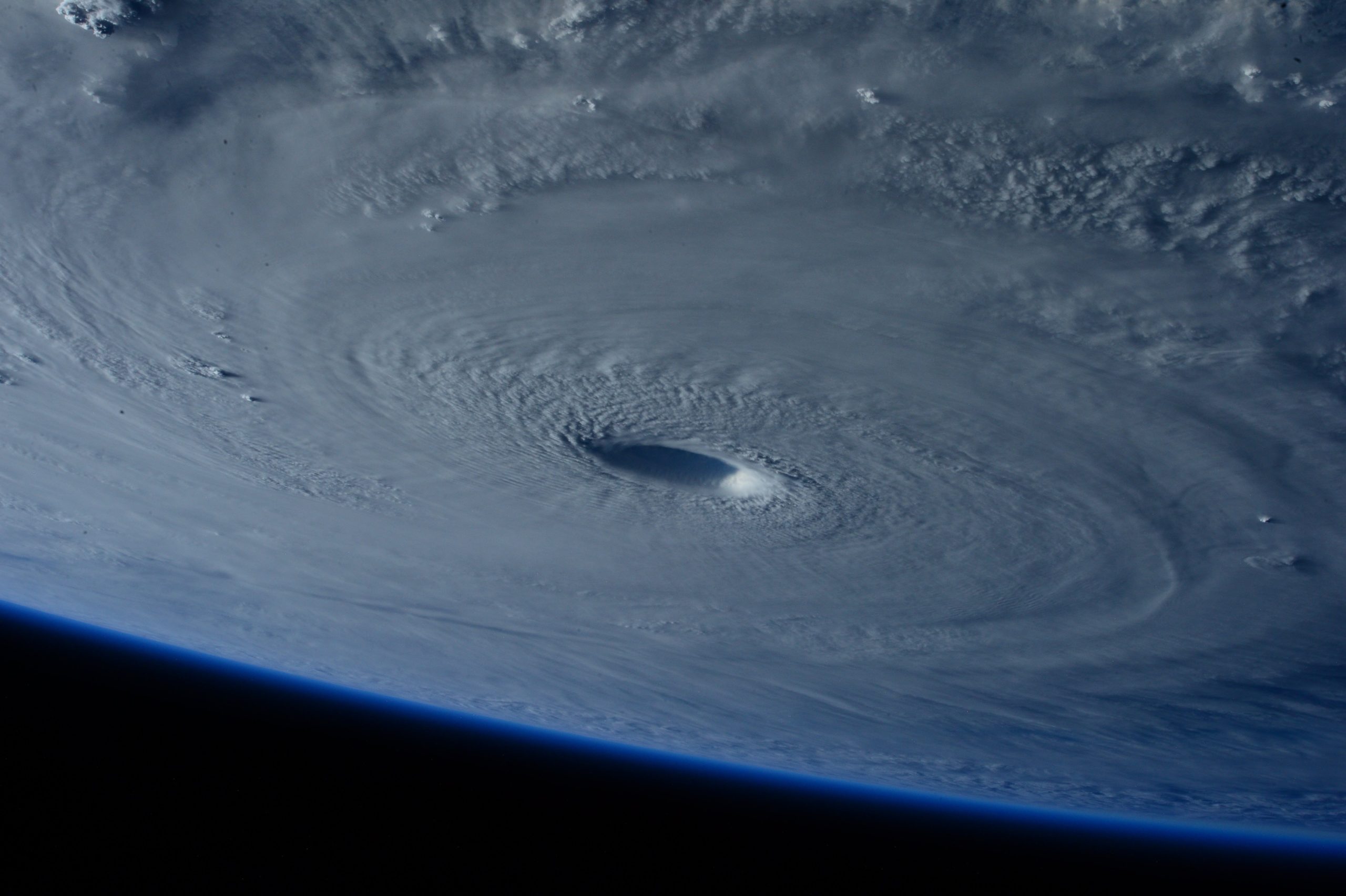Hailstorms can be swift and destructive, damaging buildings, outdoor equipment, and vehicles in a matter of minutes. For commercial property owners, such damage can result in destroyed property, costly repairs, business disruptions, and lost revenue. Learn more about protecting commercial property including the risk hail poses and preventive measures to protect buildings from hail damage.
Potential Risks
Data analytics firm Verisk’s 2021 Hail Hazard and Its Impact on Property Insurance report found that 6.2 million properties in the United States experienced one or more damaging hail events in 2020, resulting in almost $14.2 billion in losses. Businesses located in areas that experience hailstorms may be susceptible to severe damage to equipment and components, including:
- Roofs
- Windows
- Rooftop heating, ventilation, and air conditioning equipment
- Cooling towers
- Exposed glass and plastic components of outdoor equipment
- Vehicles
Repairing a building damaged by hail can cost a lot of time and money. Severe building damage can even result in business disruptions—such as shutdowns or limited operations—that lead to a loss of revenue or harm a business’s reputation among stakeholders and customers.
Protecting Commercial Property
To limit the potential damage of hailstorms, commercial property owners should be proactive in protecting commercial property. Consider taking the following measures to protect their properties:
- Conduct regular roof inspections. Be sure to replace any worn or weak areas, as their condition may be made worse by a hailstorm. Installing “severe hail” or “Class 4” impact-resistant roof materials can also limit the amount of damage done by hail.
- Use rooftop equipment and protections designed to withstand hail. Install hail guards, shields, and wire mesh to keep rooftop equipment safeguarded from hail.
- Install windows with impact-resistant glass. Protect windows against hail by using impact-resistant glass, which is less likely to shatter than regular glass.
- Watch the weather. Be aware of the local forecast so valuables and equipment can be moved to safe locations before severe weather hits.
Conclusion
By taking the time to implement preventive measures, commercial property owners can reduce the impact of hailstorms on their buildings. Protecting commercial property may require some time and diligence, but it will be well worth it in the end.





